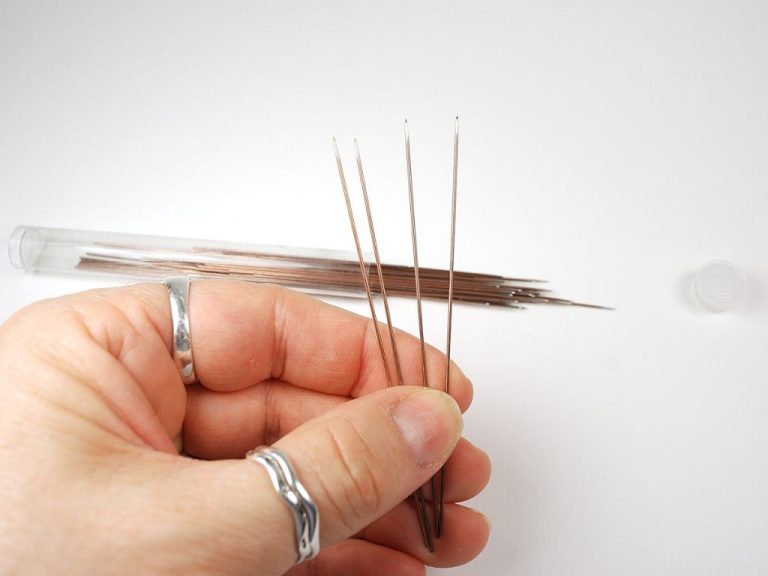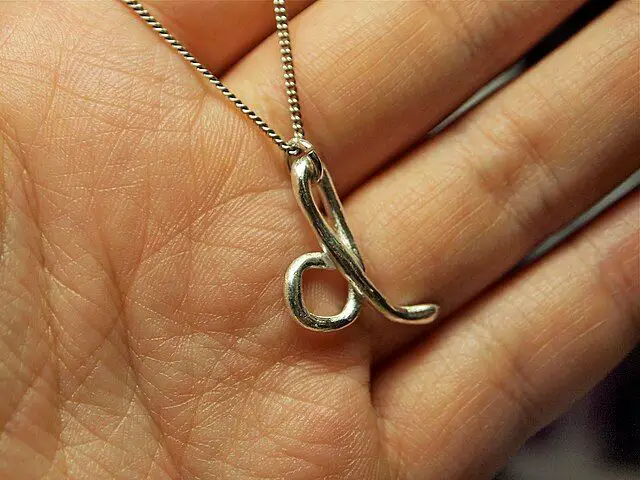Does Air Dry Clay Need To Be Sealed?
What is Air Dry Clay?
Air dry clay, also called modeling clay, is a lightweight, non-hardening modeling material made primarily from cellulose. Unlike clays that need to be fired in a kiln to harden, such as ceramic clay or polymer clay, air dry clay dries and hardens at room temperature.
The main ingredients in air dry clay are cellulose powder, glue, and water. The cellulose, which typically comes from wood pulp or paper, provides the bulk of the clay body. An adhesive or binder like polyvinyl acetate (PVA) or methylcellulose glue is added to help the clay hold its shape as it dries. Water is then mixed in to create the pliable dough-like consistency.
Compared to other types of clay, air dry clay is lightweight, making it easier for artists to shape and sculpt detailed objects. It also dries fast at room temperature, rather than requiring baking. This allows artists to work on projects in a short timeframe without specialized equipment. The finished pieces are durable yet still slightly flexible when dry. Air dry clays are excellent for detailed modeling work, craft projects, prototypes, and more.
Does Air Dry Clay Need to be Sealed?
Whether or not you need to seal air dry clay depends on the project you’re working on and your personal preferences. There are pros and cons to consider when deciding if sealing is necessary.
The main benefit of sealing air dry clay is that it provides a protective barrier against moisture and helps the finished piece maintain its shape and structure over time. Sealing makes the clay less prone to warping, chipping or cracking when exposed to humidity or water. It also provides a smoother, more uniform surface and can slightly strengthen and harden the clay.
On the other hand, sealing is an additional step that takes extra time andeffort. Some clays already include sealing agents, so further sealing may not be required. Sealing can also slightly darken or change the original color of the clay if a glossy sealant is applied. Unsealed pieces are fine for crafts, decorative items or temporary projects that don’t need longevity.
Overall, sealing is recommended for any air dry clay project that needs to be durable, functional or last for many years. But it isn’t strictly necessary for items that are purely decorative or short-term.
Pros of Sealing Air Dry Clay
Sealing air dry clay provides some key benefits that make it worth the extra effort for most projects:
Sealing makes air dry clay much more durable. Unsealed air dry clay is porous and fragile, so it can easily chip, crack, or peel. A protective sealant layer prevents this type of damage. Sealed pieces will stand up to regular handling and last for years.
Sealing also allows for sanding and smoothing the clay surface. Unsealed clay tends to crumble when sanded. With a sealant, you can sand pieces smooth, shaping details and getting rid of fingerprints. This allows for a more polished, professional look.
Finally, sealing enables painting. Unsealed, porous clay will absorb paint unevenly. The sealant provides an even surface that acrylic paint will adhere to. Projects can be brought to life with painted details, shading, and color effects after sealing.
Cons of Sealing Air Dry Clay
While sealing air dry clay provides protection, there are some potential downsides to keep in mind:
Can lose sculptural details – Applying a sealant can sometimes smooth out intricate details and textures in an air dry clay sculpture. The sealing product can fill in crevices and soften sharp edges, especially if multiple coats are applied. This can dull the overall look of the finished piece.
Added time and effort to seal – The sealing process requires additional steps beyond just sculpting with the clay. Extra time is needed for preparation, applying sealant layers, and drying time between coats. This extra effort may not be worth it for some simple clay projects.
Potential yellowing over time – Some sealants can start to yellow as they age, especially if applied too thickly. This discoloration can detract from the original color of an air dry clay sculpture. Yellowing tends to happen more with varnish sealants compared to acrylic options.
Best Sealants for Air Dry Clay
When it comes to sealing air dry clay, you have several good options to choose from. Some of the best sealants to use include:
Acrylic Paint or Spray Sealer
Acrylic paint or spray sealers are very common choices for sealing air dry clay. They provide a nice protective barrier and help strengthen the clay. Acrylic sealer sprays are quick and easy to apply with even coverage. Acrylic paint can be brushed on for a more hand-painted look. Just make sure to use thin coats and allow proper drying time between coats.
Polyurethane
Polyurethane makes an excellent sealant for air dry clay crafts. It provides a super hard, protective finish that really toughens and strengthens the clay. Polyurethane helps prevent chipping, cracking and damage. It comes in both spray cans and brushes on versions. Make sure to apply thin coats and allow proper drying time between coats.
Mod Podge
Mod Podge is a popular decoupage glue sealer that also works great for sealing air dry clay. It comes in several finishes – matte, glossy, satin – allowing you to get the exact look you want. Mod Podge is fast drying and easy to apply. Multiple thin coats are recommended to ensure full coverage and protection.
Epoxy Resin
For a thick glossy finish, epoxy resin makes a great sealant for air dry clay pieces. The two-part epoxy cures into a hard, durable plastic coat. It provides superior coverage and really enhances the beauty of the clay. Epoxy resin can be messy to work with, so take precautions. Allow each coat to fully cure before adding another.
How to Seal Air Dry Clay
Sealing air dry clay properly is important to ensure maximum strength and durability of your finished piece. Here are some tips on the best practices for sealing air dry clay:
First, make sure your clay creation is fully dried before attempting to seal it. Air dry clay needs ample time to fully dry and cure, which can take 24-48 hours depending on the size and thickness of the piece. Rushing the drying process can lead to cracking or weaker clay. Always let your clay thoroughly dry and harden before moving on to the sealing stage.
Next, apply a thin, even coat of sealant across the entire surface of the clay. Use light brush strokes and don’t oversaturate or pool the sealant in any area. Carefully seal crevices, edges and detailed areas. Let the piece dry completely between coats.
Apply at least 2-3 thin coats of sealant, allowing each coat to fully dry before adding the next one. This creates a protective layer that prevents paints, stains or dyes from being absorbed directly into the clay. More coats can be added for extra protection and sheen.
Avoid applying thick coats of sealant or overbrushing, as this can lead to peeling, cracking or cloudiness. Gentle, even brush strokes are key. Always check that the sealant has fully dried before handling the clay or adding another coat.
Sealing in thin layers allows maximum penetration and durability. With proper sealing technique, your air dry clay creation will have enhanced strength, vivid colors and a lasting finish.
Tips for Unsealed Air Dry Clay
If you choose not to seal your air dry clay creations, there are some tips to follow to help keep them in good condition for as long as possible:
Handle carefully to avoid cracks – Unsealed air dry clay is prone to chipping, cracking, and breaking more easily than sealed pieces. Avoid dropping unsealed items or banging them into other objects. Carefully pick up and move any unsealed clay pieces with both hands. Store them in a safe place where they won’t get knocked over or damaged.
Display away from moisture and sun – Exposure to moisture can soften and ultimately ruin unsealed air dry clay projects. Direct sunlight can also fade colored clay over time. Keep unsealed clay items in a controlled indoor environment away from excess moisture and sunlight.
Consider temporary projects – Pieces made from unsealed air dry clay will not last as long as properly sealed ones. Keep this in mind for any clay projects intended for long-term display or keepsakes. Unsealed clay is best suited for more temporary crafts or projects with a short intended lifespan.
Storing Unsealed Air Dry Clay
If you choose not to seal your air dry clay creations, proper storage is important to extend the life of your unsealed pieces. Here are some tips for storing unsealed air dry clay:
Store in an airtight container – To prevent moisture from getting in and softening or distorting the clay, place unsealed pieces in a plastic container or bag with a tight seal. Tupperware or ziplock bags work well for storage.
Add a silica gel packet – Silica gel packets absorb excess moisture from the air. Place one or two of these packets in your storage container to keep the air dry clay from getting soggy.
Avoid drastic temperature changes – Temperature fluctuations can cause seams in the clay to crack or pieces to become brittle. Store unsealed clay pieces in a climate-controlled environment away from heat vents, direct sunlight, etc.
With proper storage techniques, unsealed air dry clay creations can maintain their shape and integrity for years. Just be sure to keep them in an airtight, climate-controlled space.
Example Projects
Air dry clay is very versatile and can be used for both temporary sculptures and more permanent decorative objects. Here are some ideas for projects using sealed and unsealed air dry clay:
Sealed Sculptures
Sealing air dry clay allows it to be more durable for decorative objects and sculptures meant to last. Some ideas include:
- Figurines for displaying on shelves
- Wall plaques or wall art
- Jewelry like pendants, beads, or earrings
- Holiday ornaments
- Permanent outdoor sculptures or garden decor
Unsealed Temporary Projects
Unsealed air dry clay can be used for more temporary sculptural projects. Some ideas include:
- Kids’ craft projects
- Arts and crafts with seniors
- Classroom models that will be discarded after use
- Temporary outdoor decorations
- DIY play dough or modeling clay
The possibilities are endless! Air dry clay is a fun, versatile material for crafters of all ages and skill levels.
FAQs
Here are some frequently asked questions about sealing air dry clay:
Do I have to seal air dry clay?
Sealing is not strictly necessary for air dry clay projects. Unsealed pieces made from air dry clay will still harden and hold their shape. However, sealing creates a protective barrier that makes pieces more durable and resistant to damage over time.
When should I seal air dry clay?
Sealing is recommended for any air dry clay pieces that will be handled frequently or exposed to moisture. For decorative objects that will sit on a shelf, sealing is optional. Pieces that will be outside or used as toys or dinnerware should always be sealed.
What if I forgot to seal before painting?
You can still seal air dry clay after it has been painted. The sealant will form a protective coat over the paint. Be sure to use a sealant that is compatible with the type of paint you used.
Can I use any sealant with air dry clay?
Acrylic resin sprays and varnishes designed for clay work best. Avoid oil-based and enamel sealants, as they may react with the clay. Test sealants on scraps before using them on a finished project.
How many coats of sealant should I apply?
2-3 thin, even coats of sealant are recommended to create a durable seal without obscuring detail. Allow each coat to fully dry before adding the next.


